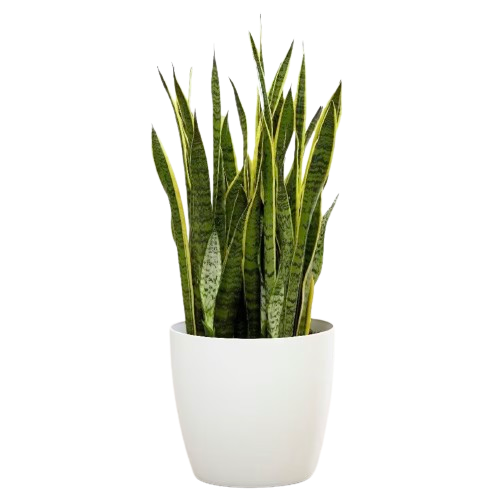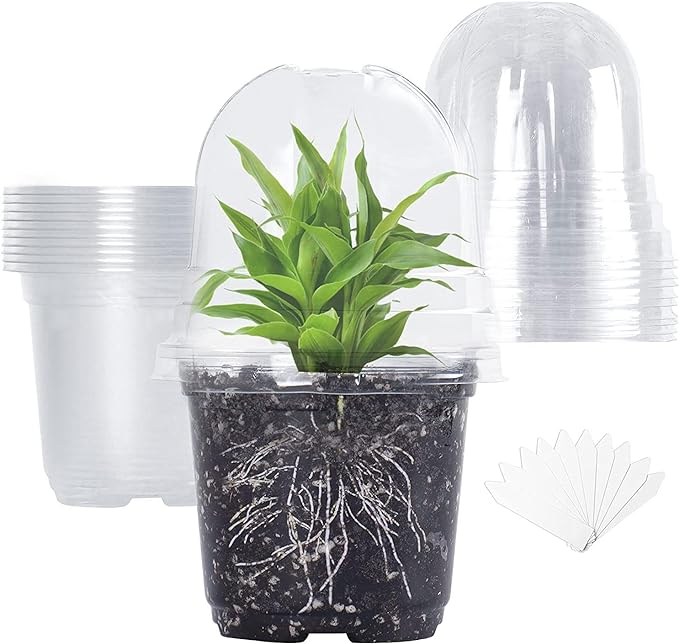How to propagate a snake plant – failsafe methods to cultivate new plants for free
Snake plants are too beautiful to only have one


Knowing how to propagate a snake plant means you can add this vivacious plant to your houseplant collection as many times as you want, at no extra cost.
Snake plants are popular in houseplant ideas, thanks to their vibrant leafy greens and ease of maintenance. Knowing how to care for a snake plant will help you keep it alive for as long as possible, but knowing how to propagate a snake plant means you can enjoy it many times over, for free.
Aside from its beautiful aesthetic, the snake plant has air-purifying qualities, making it one of the best plants for the bedroom. If you currently have a blooming snake plant in your living room or hallway, why not propagate it so you can have one in the bedroom as well.
How to propagate a snake plant
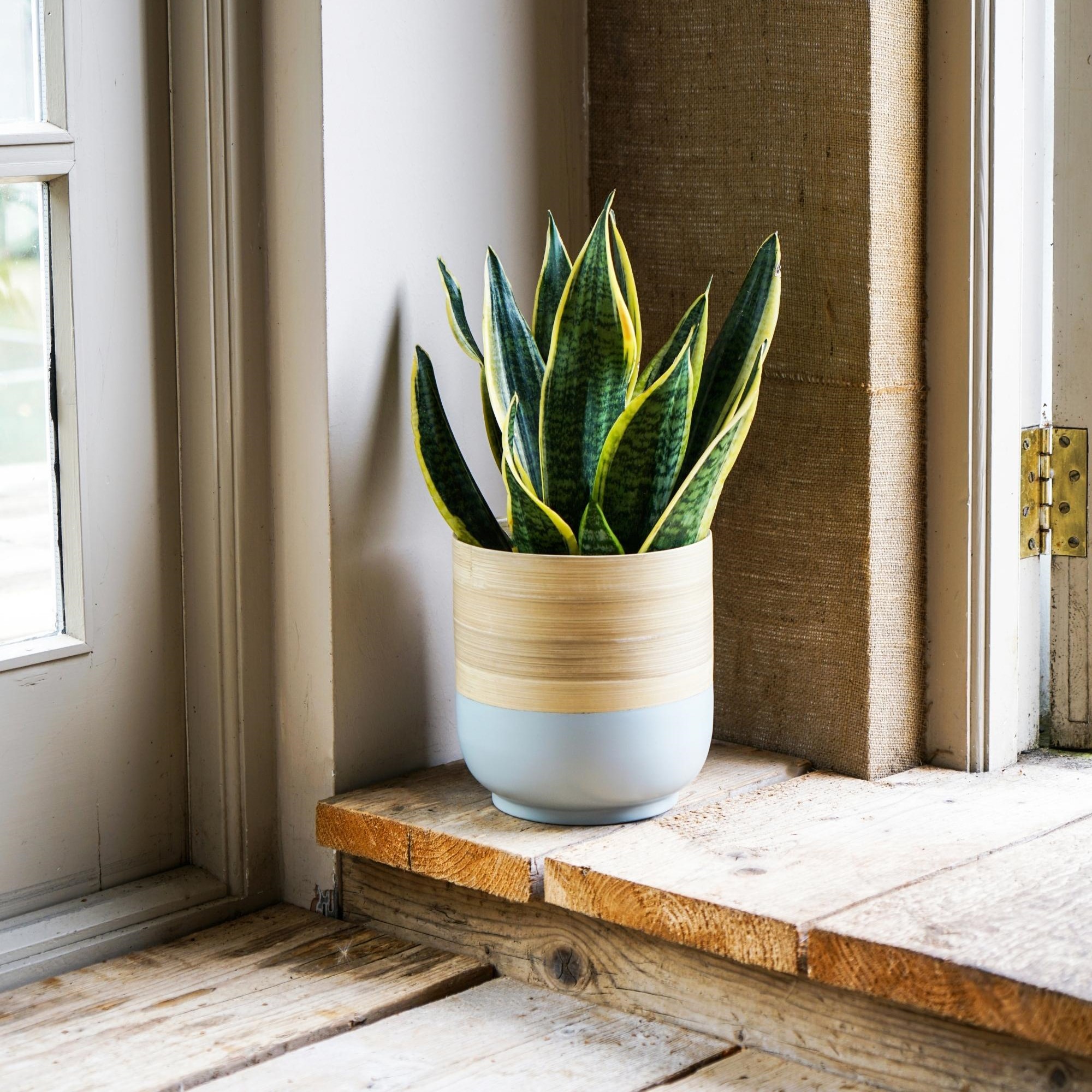
Fortunately, it's easy to learn how to propagate a snake plant, and you don't have to be a gardening expert to do it. Our guide will walk you through each step, and share some top tips on how you can ensure your new snake plant thrives long-term.
What you'll need
- A mature snake plant, like this Sansevieria golden flame from Amazon
- Garden scissors or pruning shears, like these Draper 18299 Garden Scissors from Amazon
- Small pots or containers (you can buy a multi-pack of 10 flower pots from Homebase)
- Potting mix (try this Houseplant Focus Repotting Mix from Amazon
Step by step guide
1. Prepare your cuttings
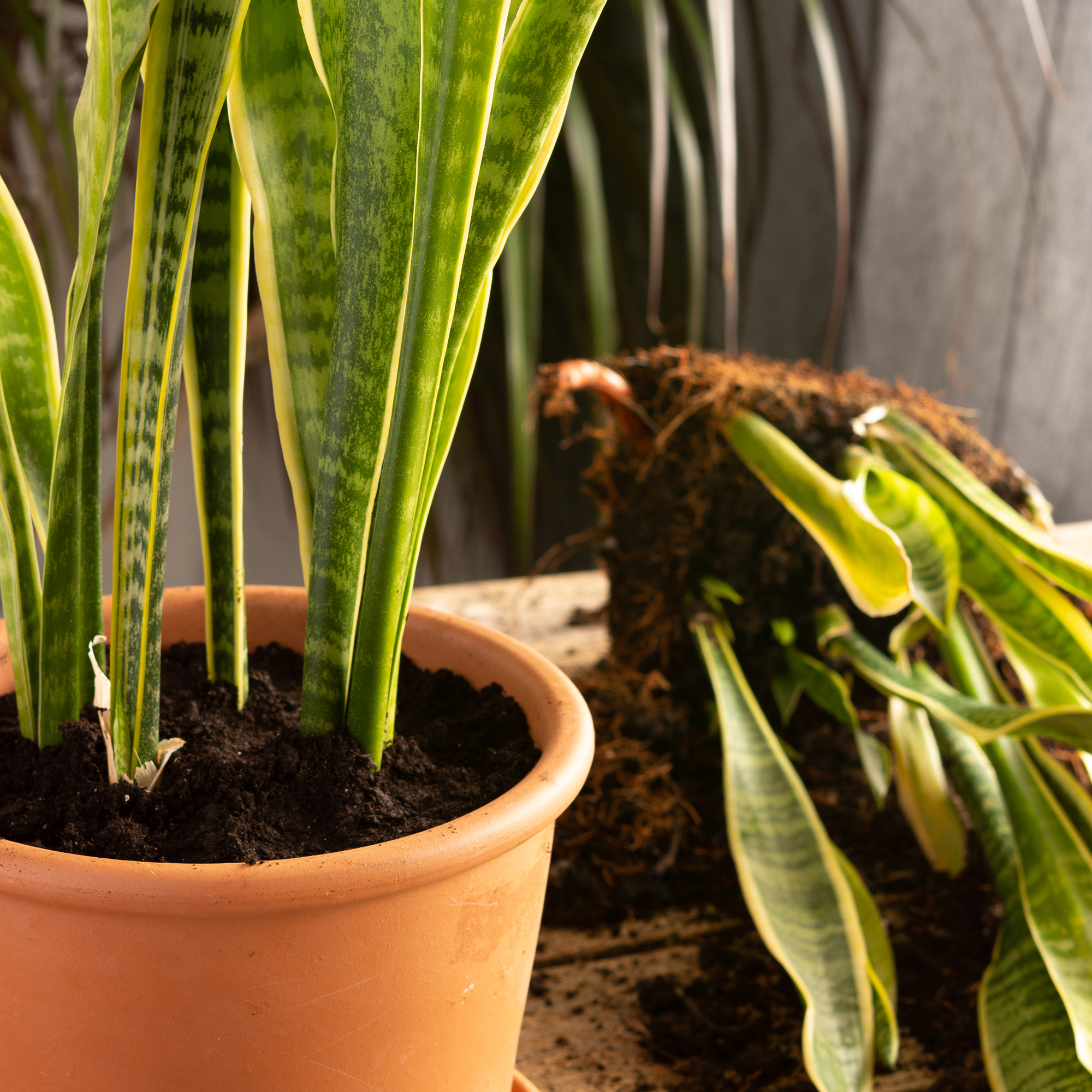
Firstly, you need to prepare some healthy cuttings from your snake plant for propagation. Take your plant from its current container – roots and all – and gently separate the root clump into sections. Each section should have a good root system, and at least three leaves.
'It's really important that you make sure that you have the roots that correlate to each section,' says Steve Chilton, Gardening Expert, LeisureBench. 'For example: you choose a section with three leaves, and also have their roots before you make the cut.'
Use a clean pair of scissors to make the cuts, and be careful not to destroy any of the roots.
2. Leave to dry - and prepare your pots
The snake plant cuttings need to be left for around 48 hours before they are repotted. This lets them dry out, which is essential for preventing root rot.
Whilst the cuttings are drying out, prepare your pots for the propagation. Your potting mix should be well-draining, suitable for succulents, and preferably peat-free. Add a small amount to the bottom of your pots.
'Use either peat-free, multipurpose compost and horticultural grit (50:50 mix), or opt for a tailored cutting compost,' says Mark Lane, Gardening Expert, Stannah.

Mark Lane, Stannah’s Gardening Expert, multitalented gardening expert and author, he’s widely known for presenting BBC Morning Live and BBC Gardeners’ World. Mark has earned many awards, including the ‘first garden designer in a wheelchair’ and is the first disabled presenter in the UK to join the famed BBC Gardeners' World team.
3. Plant your cuttings
Insert the root clump into the potting mix, then backfill with more soil so it's nice and sturdy. Make sure all the roots are covered in soil, but the leaves are free to breathe.
'Within a few weeks, new shoots will emerge from the cuttings, indicating successful propagation,' Mark says.
To increase the chances of successful propagation, you can give your snake plant a helping hand by creating ideal conditions for it to grow. We'll share some tips on this below.
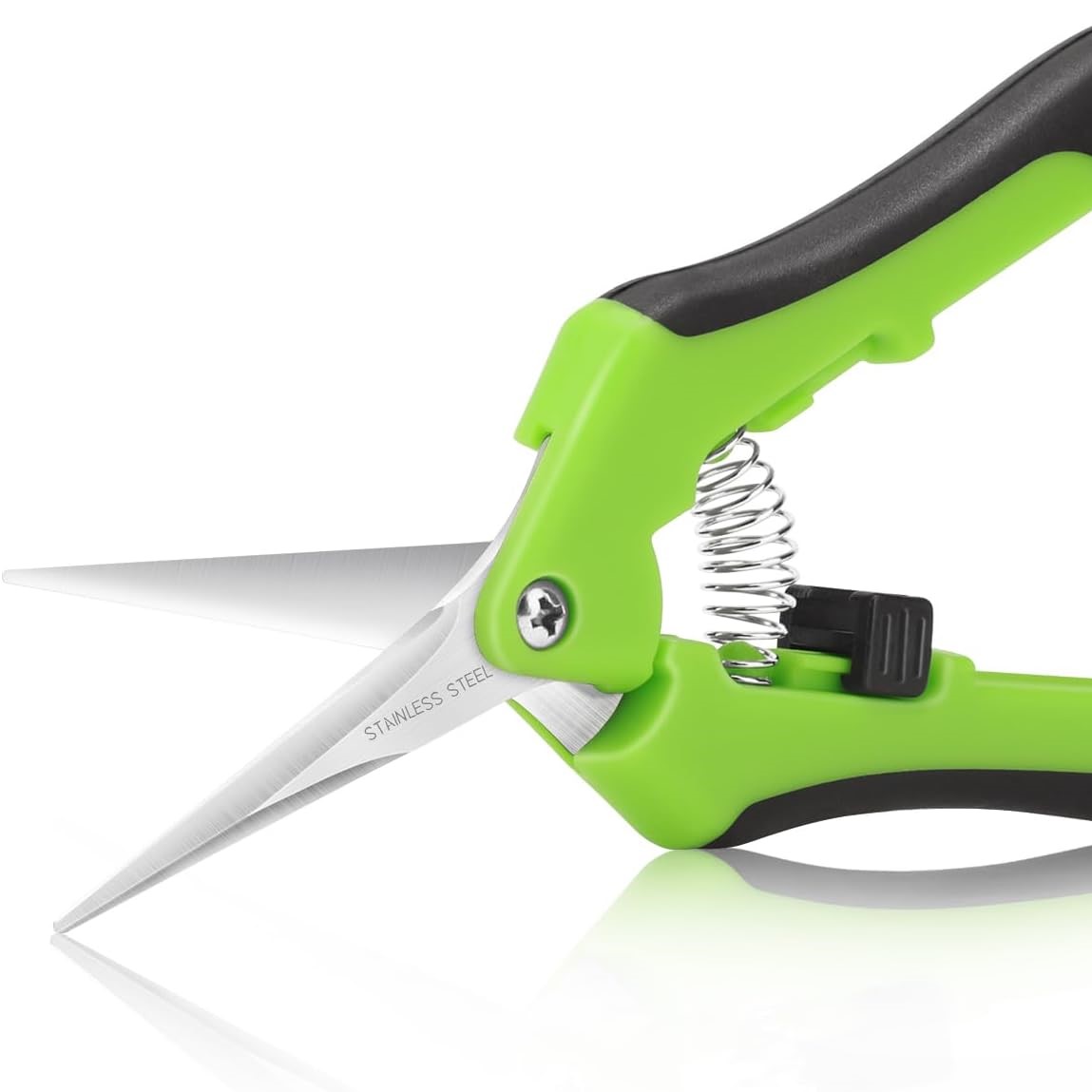
To get your cuttings without causing any damage to your snake plant, use a proper pair pruning scissors, like these ones from Amazon. They'll ensure you make the cut precisely, giving propagation the best chance of success.
How to propagate a snake plant in water
You can also discover how to propagate a snake plant in water. 'It's very popular to propagate cuttings in water, as not only is it usually quite easy, but you can actually see the roots growing in the water, too,' says Steve Chilton.
To propagate in water, cut a good-sized leaf off your snake plant, then place the cut end of the leaf in a jar of water (at least 8cm is fine). Pop the jar in a sunny spot, then change the water once a week so the leaf has a fresh source to grow.
This method does take longer than propagating in soil and it will likely be a couple of months before you see the roots start to form. When the roots are well-developed and look as though they're about to outgrow, transfer to a pot, and plant as normal.
What are the ideal conditions for a snake plant?

For successful propagation, and for your snake plant to thrive long-term, find a location that receives indirect sunlight. The snake plant is native to west Africa, where there is a lot of sunshine, but the plant is remarkably good at adapting.
'Direct sunlight is actually not good for the plant as it can scorch the leaves,' Mark Lane explains. 'Although it can grow in low light levels, ideally position it in indirect light. Somewhere in the middle of a bright room is perfect.'
You'll want to avoid over-watering your plant as well. Once every fortnight is enough during winter, or even once a month if the compost still feels moist after two weeks.
'Coming from Africa, snake plants like warm temperatures,' Mark says. ' So heating your home over winter is ideal, and avoid placing the plant in a draft. Don't leave it on a cold windowsill over night during the winter. And finally, don't feed your snake plant from November to April.'
FAQs
Do snake plant cuttings need to dry?
Yes, snake plant cuttings need to dry before they can be propagated. If they are propagated when damp, the roots can rot and the propagation won't be successful.
Leave your snake plant cuttings for a minimum of two days before potting them, or placing them in water. Three days is best, as this will give the cuttings enough time to dry out completely.
Is it better to propagate a snake plant in water or soil?
'In my opinion, propagating a snake plant in soil is generally the better option compared to water propagation,' Mark Lane says. 'Snake plants are known for their ability to tolerate drought and thrive in well-draining soil, making soil propagation more favourable for their root development. Water propagation, while possible, may lead to weaker root systems and a higher risk of rot or other issues if not done correctly.'
Learning how to propagate a snake plant in water also requires a lot more patience than with soil. In soil, the snake plant cuttings will start to sprout new shoots after a few weeks, whereas it can take a couple of months for roots to form in water.
If you are propagating in water, make sure to change the water weekly to avoid rot.
Follow these easy steps to propagate a snake plant and you'll enjoy the vibrant green leaves in your home year round.
Get the Ideal Home Newsletter
Sign up to our newsletter for style and decor inspiration, house makeovers, project advice and more.

Katie has been writing freelance since early 2022, specialising in all things homes and gardens, following achieving a Masters in Media and Journalism. She started out writing e-commerce content for several of Future’s interior titles, including Real Homes, Gardeningetc, Livingetc, and Homes and Gardens. Since then she’s been a regular contributor on Ideal Home’s digital team, covering news topics, how-to guides, and product reviews.
-
 Will a conservatory add value to your home and how can you maximise it?
Will a conservatory add value to your home and how can you maximise it?This is what the pros say
By Amy Reeves
-
 I’ve been looking for a new signature scent for my home and The White Company's new fragrance is the exact summer holiday smell I needed
I’ve been looking for a new signature scent for my home and The White Company's new fragrance is the exact summer holiday smell I neededSantorini smells fresh, summery and sophisticated
By Kezia Reynolds
-
 How to remove algae from garden walls in five steps – and the cleaning product experts rave about for tackling it fast
How to remove algae from garden walls in five steps – and the cleaning product experts rave about for tackling it fastExperts share their top tips for getting garden walls algae-free
By Katie Sims
